Home>Technology>Security & Surveillance>How To Lock A Door With A Push Bar
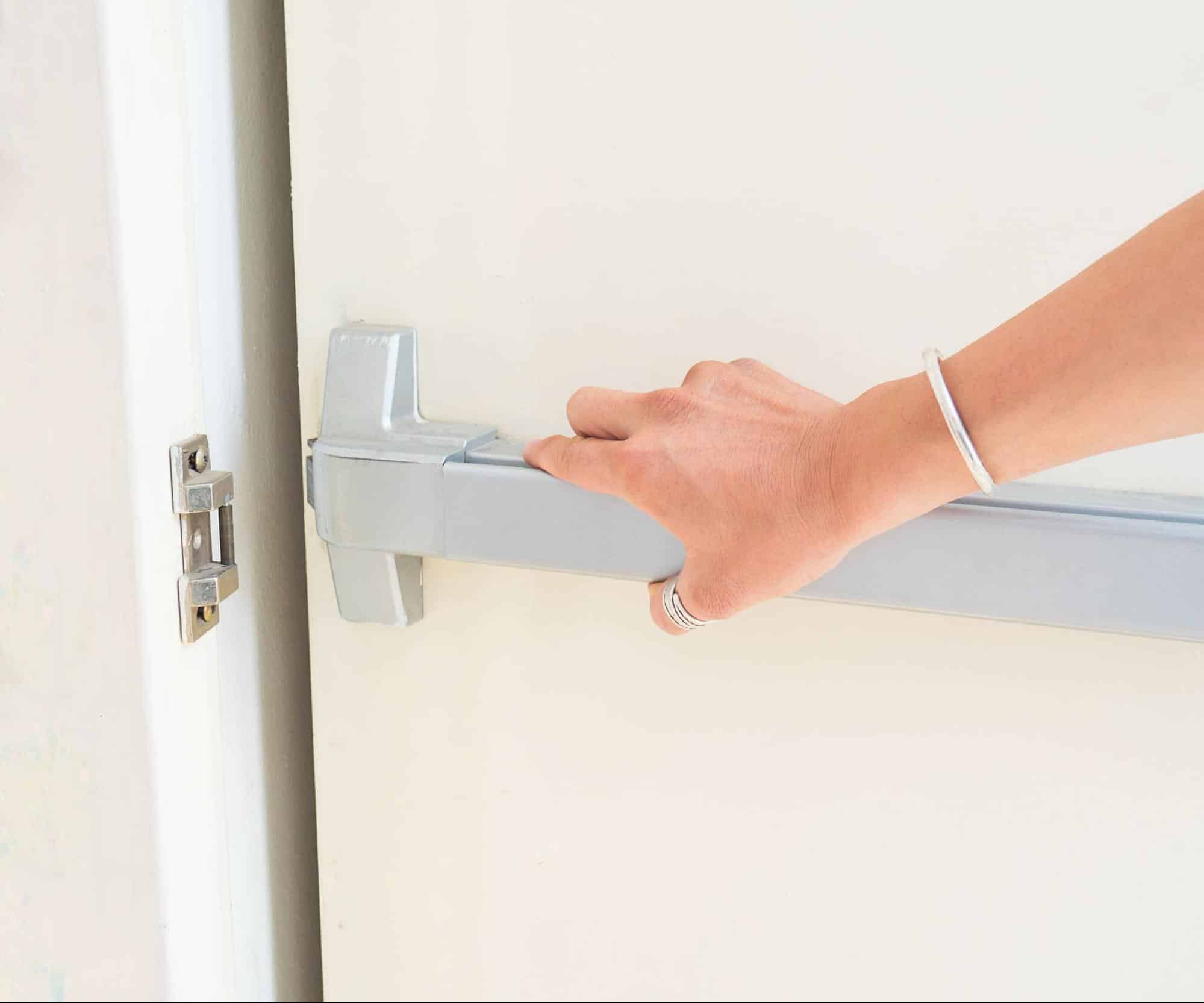

Security & Surveillance
How To Lock A Door With A Push Bar
Modified: January 6, 2024
Learn how to secure your space with a push bar door lock. Enhance your security and surveillance with our step-by-step guide. Protect your property today!
(Many of the links in this article redirect to a specific reviewed product. Your purchase of these products through affiliate links helps to generate commission for Storables.com, at no extra cost. Learn more)
Introduction
When it comes to securing a commercial or public space, the push bar door lock stands as a reliable and efficient choice. This type of lock is commonly found in various settings, including schools, offices, and retail establishments. Its ease of use and quick exit capability make it a popular option for buildings with high foot traffic. In this article, we will delve into the intricacies of push bar locks, providing a comprehensive guide on how to effectively secure a door using this mechanism. Whether you are a business owner, a security professional, or simply someone interested in bolstering your knowledge of security systems, this article will equip you with the essential know-how to utilize push bar locks effectively.
Let's embark on a journey to understand the inner workings of push bar locks, master the steps to properly lock a door with this mechanism, and gain insights into maintenance and troubleshooting. By the end of this article, you will be well-versed in the art of securing a door with a push bar lock, ensuring the safety and protection of the premises it guards.
Key Takeaways:
- Push bar locks are essential for quick and easy exit during emergencies, and they play a crucial role in ensuring building safety and compliance with regulations.
- To effectively secure a door with a push bar lock, follow simple steps like applying pressure on the bar and conducting regular maintenance to uphold its reliability.
Read more: How To Fix A Push Bar Door Lock
Understanding Push Bar Locks
Push bar locks, also known as panic bars or crash bars, are designed to provide swift and effortless egress from a building in the event of an emergency. These devices are crucial for ensuring the safety of occupants and facilitating rapid evacuation during crises. Push bar locks are characterized by a horizontal bar that spans the width of the door on the interior side. When downward pressure is applied to the bar, the door unlatches, allowing individuals to exit without the need for turning a knob or engaging a traditional lock mechanism.
One of the key features of push bar locks is their compliance with building and fire safety codes. These locks are mandated in many jurisdictions for specific occupancy types, such as assembly areas and educational facilities, to meet stringent safety regulations. Additionally, push bar locks are instrumental in preventing overcrowding and bottlenecks at exits, as they enable a wide opening for swift evacuation, minimizing the risk of congestion during emergencies.
It is important to note that push bar locks are designed for one-way egress, meaning they are primarily intended for exiting a building rather than restricting access from the outside. This characteristic distinguishes them from traditional entry locks and underscores their role in emergency preparedness and building safety.
Furthermore, push bar locks are available in various configurations to accommodate diverse door designs and architectural requirements. They can be installed on single doors, double doors, and even those with glass panels, offering versatility in application across different building layouts.
By understanding the fundamental principles and functionalities of push bar locks, individuals can appreciate their pivotal role in promoting occupant safety and compliance with regulatory standards. In the subsequent sections, we will explore the step-by-step process of effectively engaging a push bar lock to secure a door, empowering readers with actionable insights for practical implementation.
Steps to Locking a Door with a Push Bar
Securing a door with a push bar lock is a straightforward process that prioritizes simplicity and rapid deployment. Whether you are responsible for locking up a commercial establishment at the end of the day or overseeing the security protocols of a public facility, mastering the steps to engage a push bar lock is essential for safeguarding the premises. Below is a comprehensive guide outlining the sequential actions required to effectively lock a door using a push bar mechanism:
- Approach the Door: As you prepare to secure the door, walk towards it and position yourself on the interior side, where the push bar is installed.
- Locate the Push Bar: Identify the horizontal bar spanning the width of the door, typically positioned at a convenient height for easy access.
- Apply Pressure: To engage the push bar lock, exert downward pressure on the bar using your hand, arm, or body, depending on the design of the specific push bar mechanism.
- Verify Latching: While maintaining pressure on the push bar, ensure that the door latches securely to the frame, preventing unauthorized entry from the exterior.
- Confirm Locking: Check for visual or audible indicators, such as a locking bolt or audible click, to confirm that the door is securely locked in place.
- Test the Lock: After engaging the push bar lock, perform a brief test by attempting to push the door open from the outside. Verify that the door remains firmly secured, demonstrating the effectiveness of the push bar lock in preventing unauthorized access.
By following these sequential steps, individuals can effectively lock a door using a push bar mechanism, bolstering the security of the premises and mitigating the risk of unauthorized entry. It is imperative to conduct regular inspections and maintenance of push bar locks to ensure their optimal functionality and reliability in safeguarding the building.
Next, we will delve into the crucial aspects of maintenance and troubleshooting associated with push bar locks, equipping readers with the knowledge to uphold the integrity and performance of these essential security devices.
Maintenance and Troubleshooting
Proper maintenance of push bar locks is paramount to ensure their consistent functionality and reliability in safeguarding a building. By adhering to routine maintenance protocols and promptly addressing any issues that may arise, individuals can uphold the effectiveness of push bar locks and mitigate potential vulnerabilities. Below are essential maintenance practices and troubleshooting guidelines for optimizing the performance of push bar locks:
Maintenance Practices:
- Regular Inspection: Conduct periodic visual inspections of the push bar, ensuring that it is free from obstructions, damage, or signs of wear and tear. Verify that the bar moves smoothly and latches securely when engaged.
- Lubrication: Apply a lubricant, such as silicone-based spray or graphite powder, to the moving components of the push bar lock to minimize friction and promote smooth operation. This preventive measure helps prevent stiffness or sticking of the mechanism.
- Hardware Checks: Inspect the mounting hardware, fasteners, and connections of the push bar to confirm that they are secure and in good condition. Tighten any loose components and replace damaged hardware as needed.
- Functional Testing: Regularly test the push bar lock to ensure that it engages and disengages smoothly, and that the door latches securely without excessive force. Address any irregularities or malfunctions promptly to prevent operational disruptions.
Read more: How To Unlock A Push Lock Door
Troubleshooting Guidelines:
- Stiff or Sticky Operation: If the push bar exhibits stiffness or stickiness when depressed, apply a suitable lubricant to the moving parts and pivot points to restore smooth functionality.
- Loose or Misaligned Components: In the event of loose or misaligned hardware, tighten fasteners and adjust the positioning of the push bar to ensure proper alignment with the door frame, facilitating seamless operation.
- Worn or Damaged Parts: If any components of the push bar lock show signs of wear or damage, promptly replace them with compatible parts to maintain the integrity of the locking mechanism.
- Unusual Sounds or Resistance: Investigate any unusual sounds or resistance experienced when operating the push bar lock, as they may indicate underlying issues that require attention. Address these anomalies promptly to prevent potential malfunctions.
By integrating these maintenance practices and troubleshooting guidelines into your security management protocols, you can uphold the operational efficiency and longevity of push bar locks, fortifying the safety and security of the premises they protect.
As we conclude our exploration of push bar locks and their operational intricacies, it is evident that these devices play a pivotal role in emergency preparedness and building safety. By mastering the art of securing a door with a push bar lock and maintaining its optimal functionality, individuals can contribute to a secure and resilient environment for occupants and visitors alike.
Make sure the push bar is properly aligned with the door frame. Push the bar to engage the lock mechanism. Test the door to ensure it is securely locked.
Conclusion
In the realm of security and safety, the push bar lock stands as a stalwart guardian, facilitating swift egress during emergencies and bolstering the integrity of building access control. Through our exploration of push bar locks, we have gained a profound understanding of their significance in promoting occupant safety and compliance with regulatory standards. From their fundamental principles to the practical steps of engaging these locks, we have delved into the core aspects of utilizing push bar mechanisms to secure doors effectively.
As we navigate the dynamic landscape of security systems and building management, it becomes evident that the reliability and functionality of push bar locks hinge on diligent maintenance and proactive troubleshooting. By embracing routine inspections, lubrication, and hardware checks, individuals can fortify the operational prowess of push bar locks, ensuring their seamless performance when called upon to safeguard the premises.
Moreover, the troubleshooting guidelines provided serve as a compass for addressing potential issues that may compromise the efficacy of push bar locks. By promptly identifying and rectifying operational anomalies, individuals can uphold the resilience and dependability of these essential security devices, fostering a secure environment for occupants and visitors.
As we bid adieu to our exploration of push bar locks, let us carry forth the knowledge and insights garnered, embracing the pivotal role of these mechanisms in fortifying building security and emergency preparedness. Whether in bustling commercial settings, educational institutions, or public facilities, the push bar lock stands as a steadfast ally, empowering swift and secure egress while upholding the sanctity of access control.
As we conclude, let us remain steadfast in our commitment to nurturing safe and resilient environments, where the guardianship of push bar locks intertwines with our collective dedication to safeguarding lives and property.
Frequently Asked Questions about How To Lock A Door With A Push Bar
Was this page helpful?
At Storables.com, we guarantee accurate and reliable information. Our content, validated by Expert Board Contributors, is crafted following stringent Editorial Policies. We're committed to providing you with well-researched, expert-backed insights for all your informational needs.
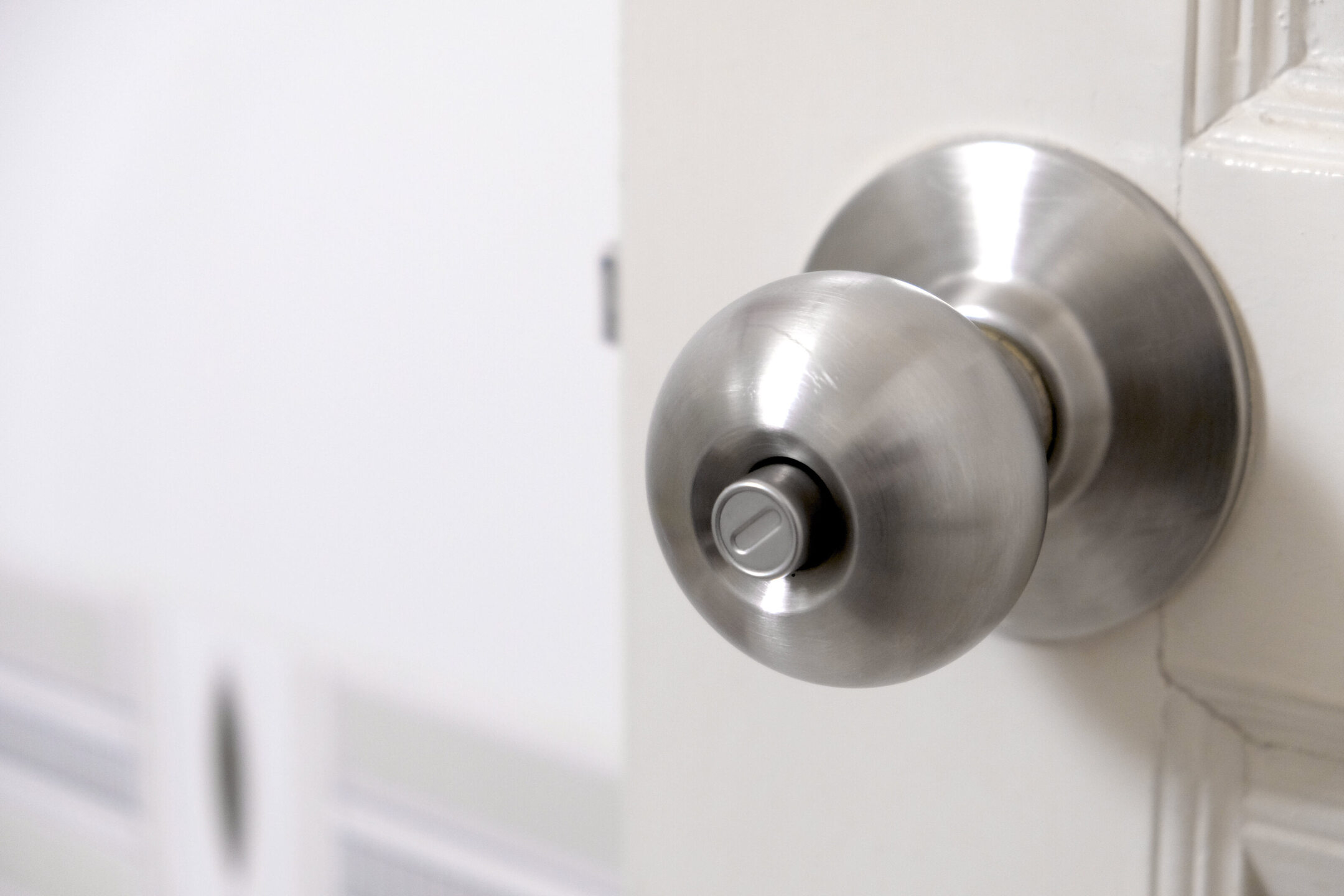
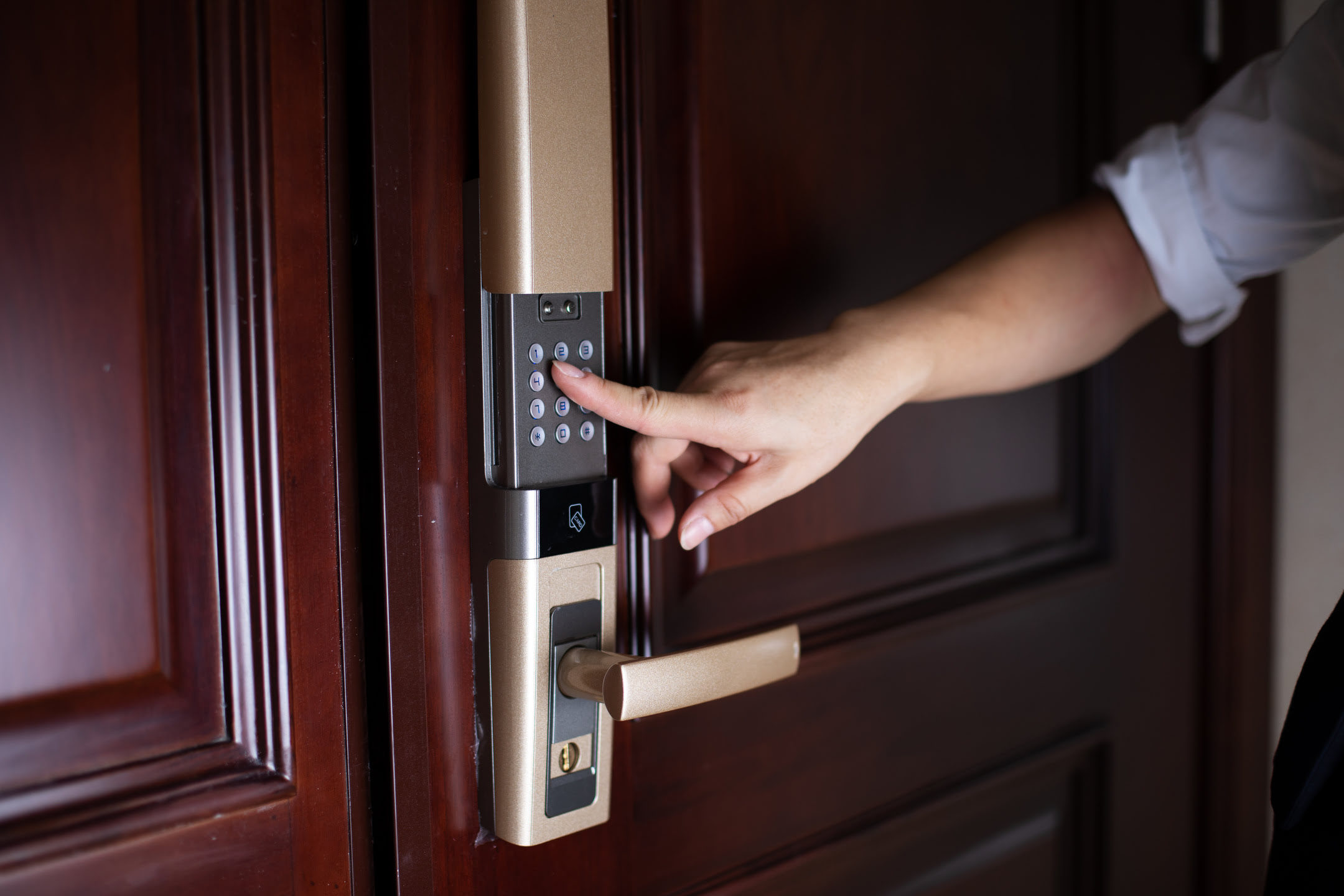
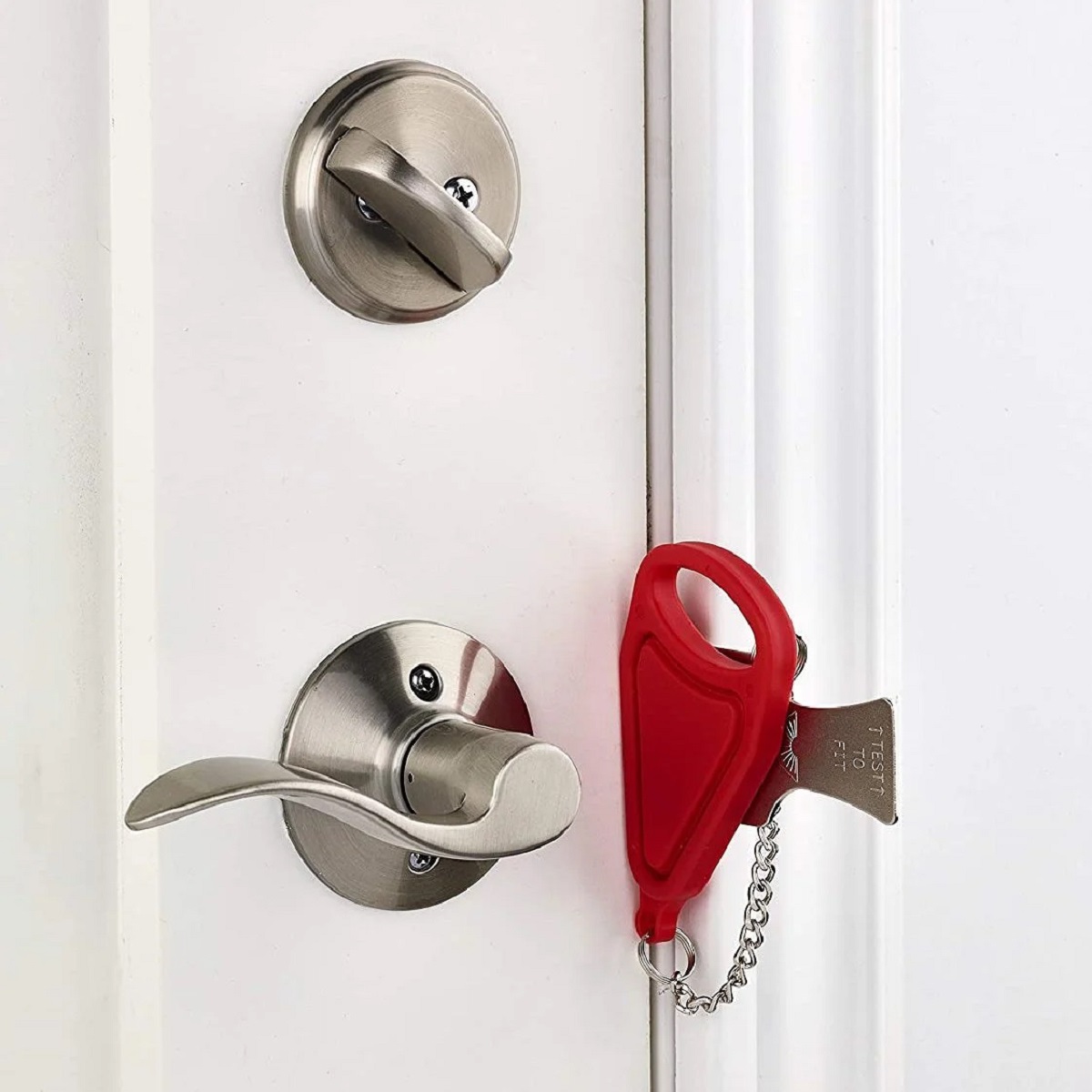
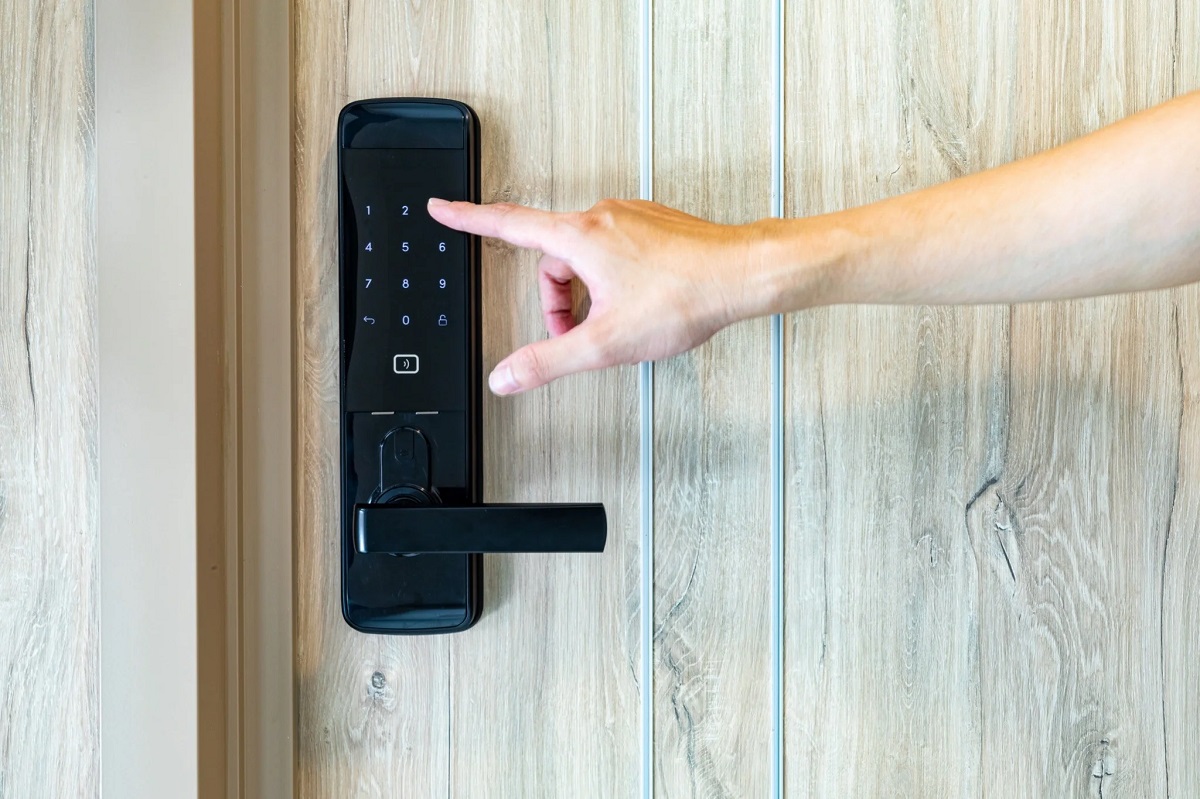
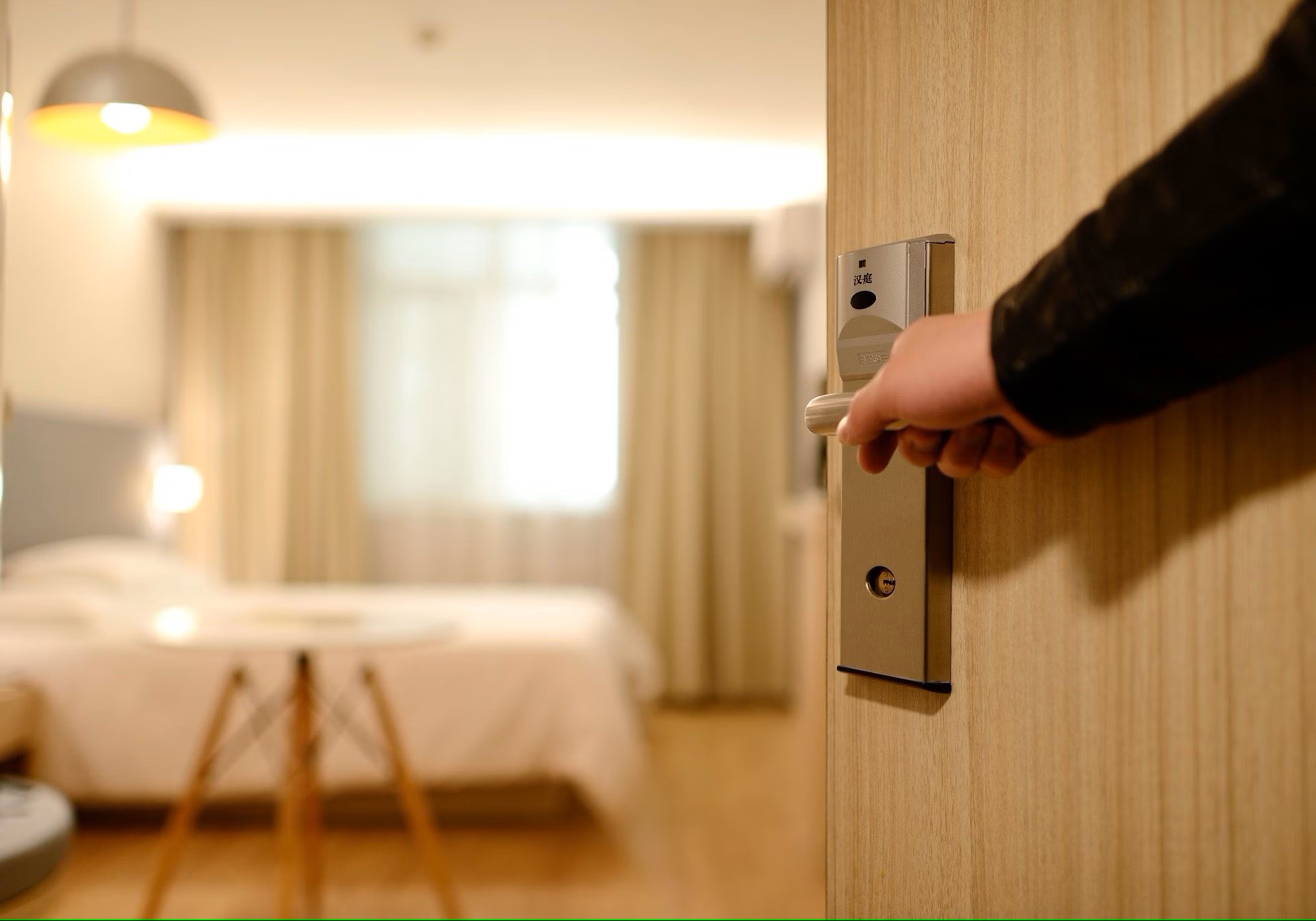
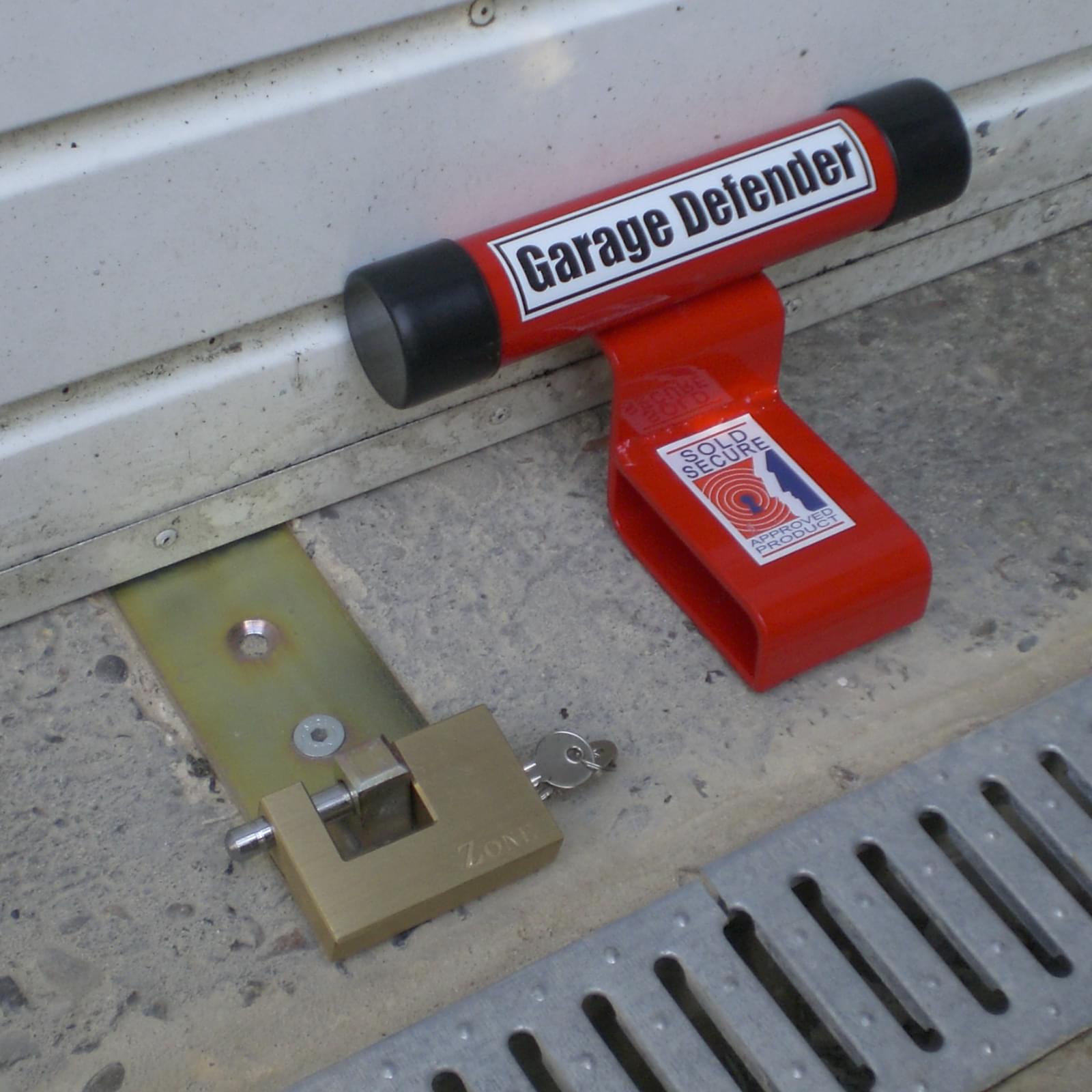
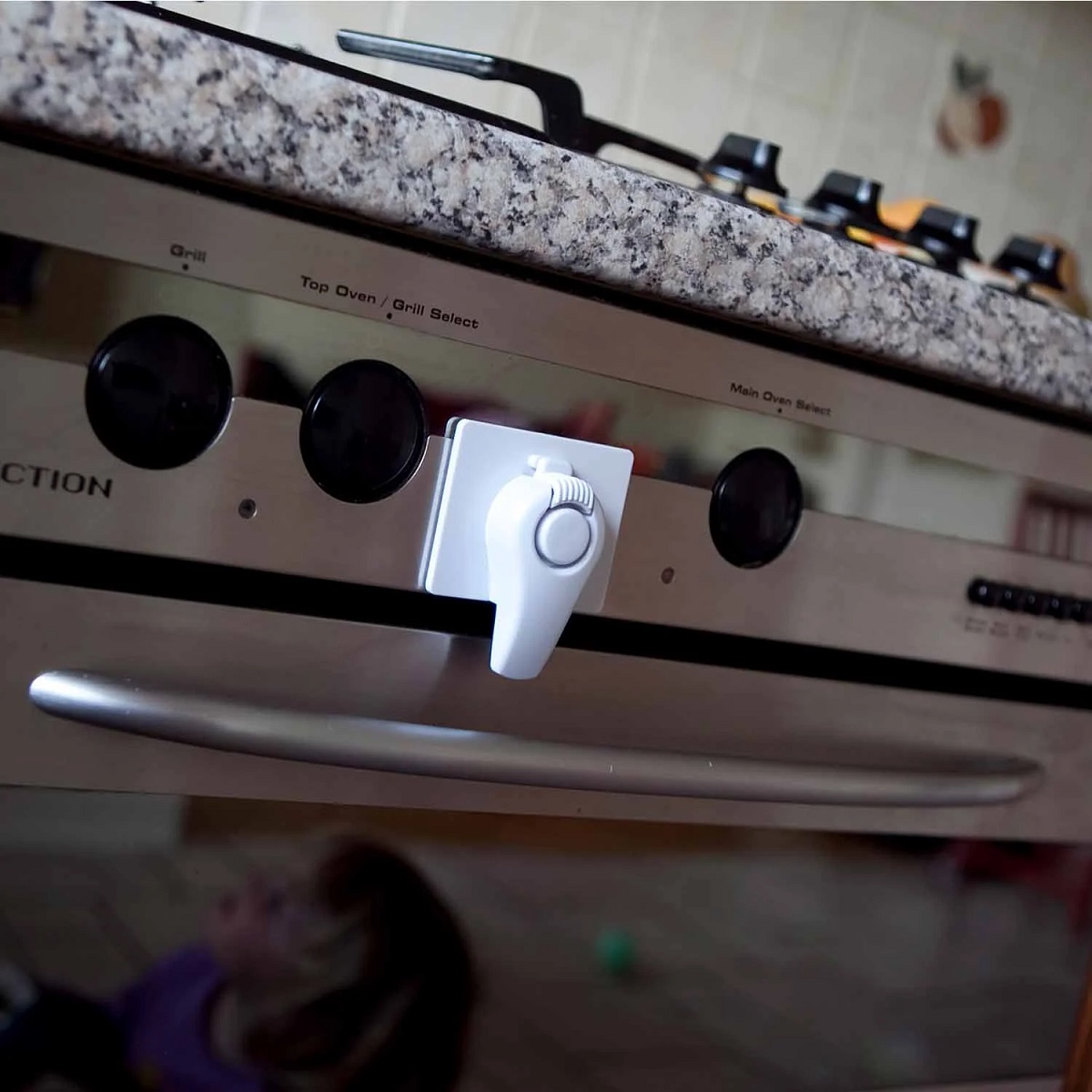
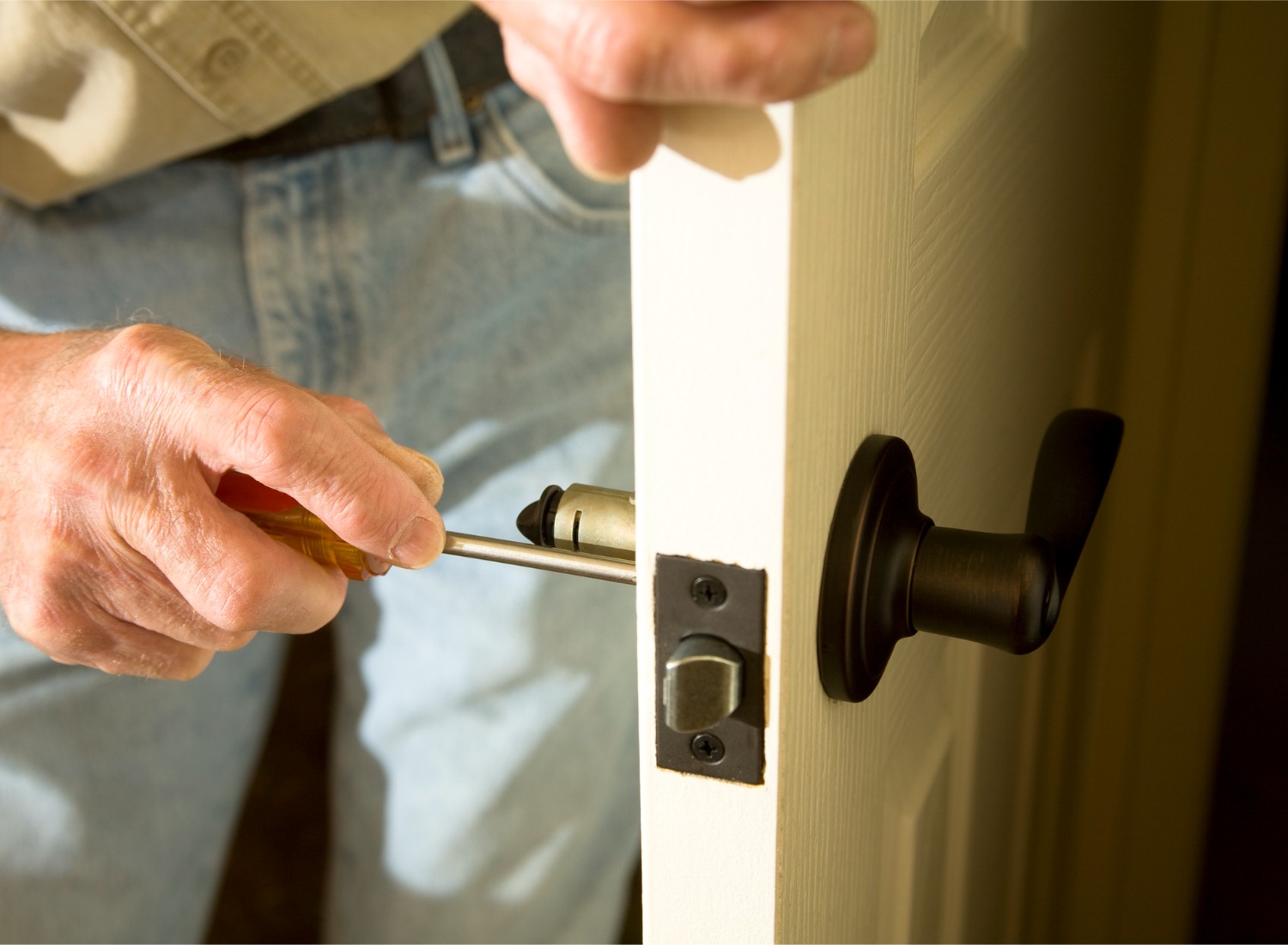
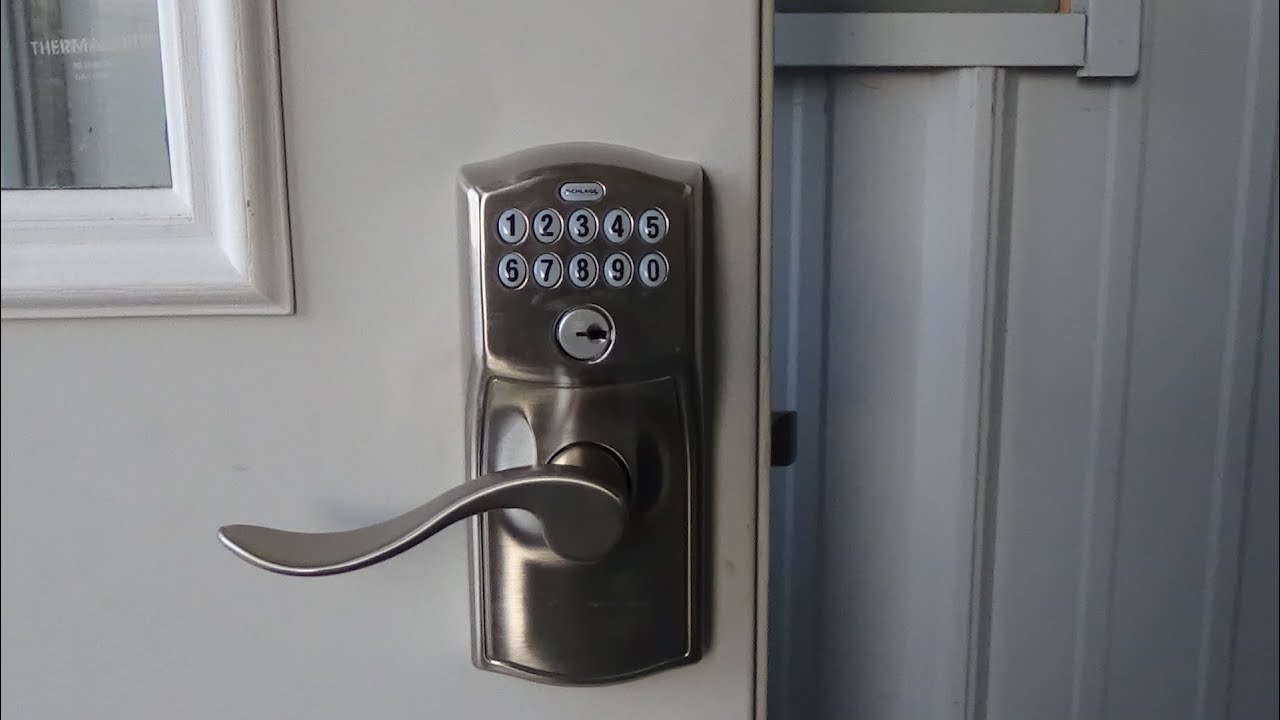
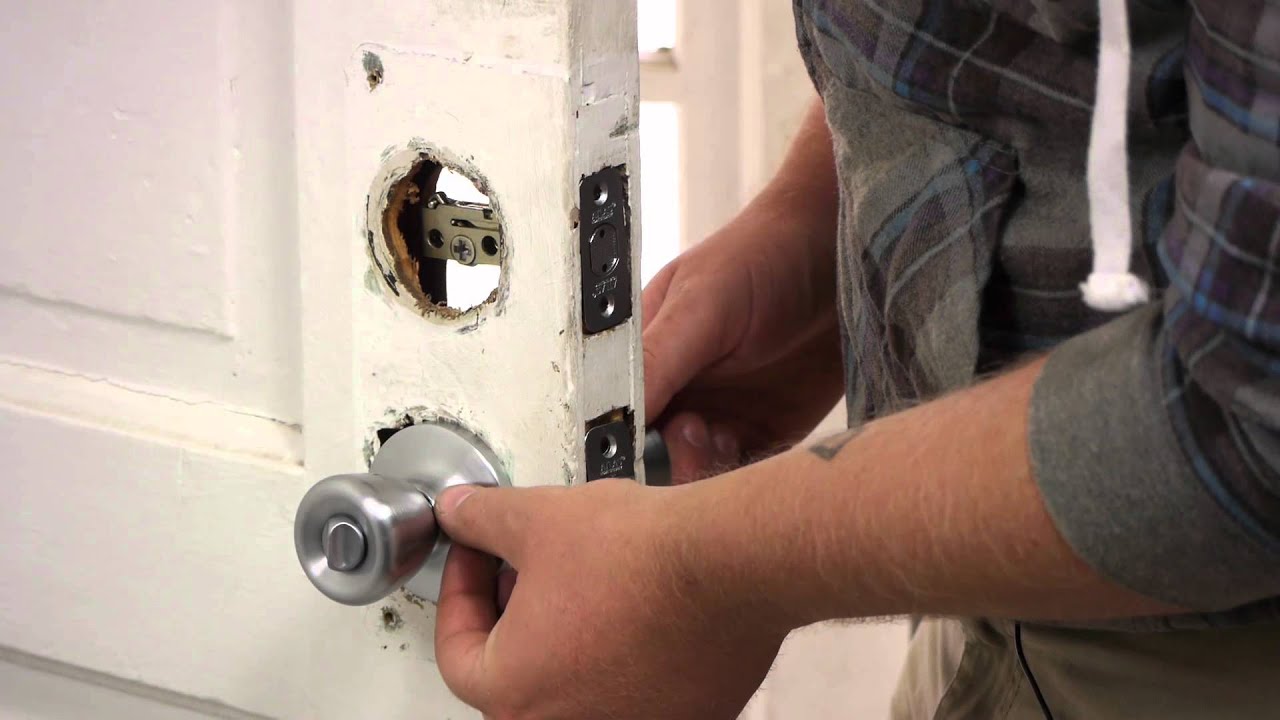
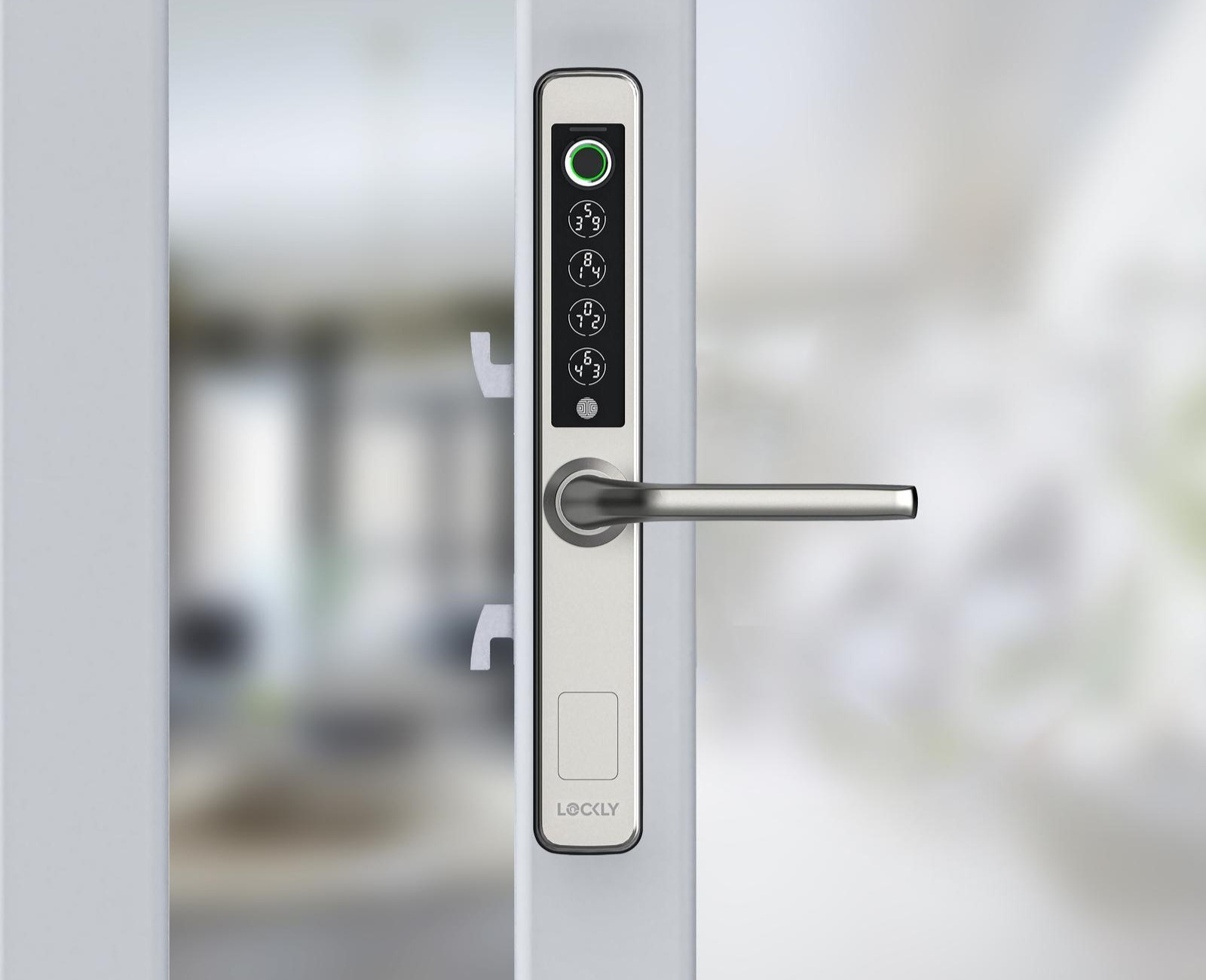
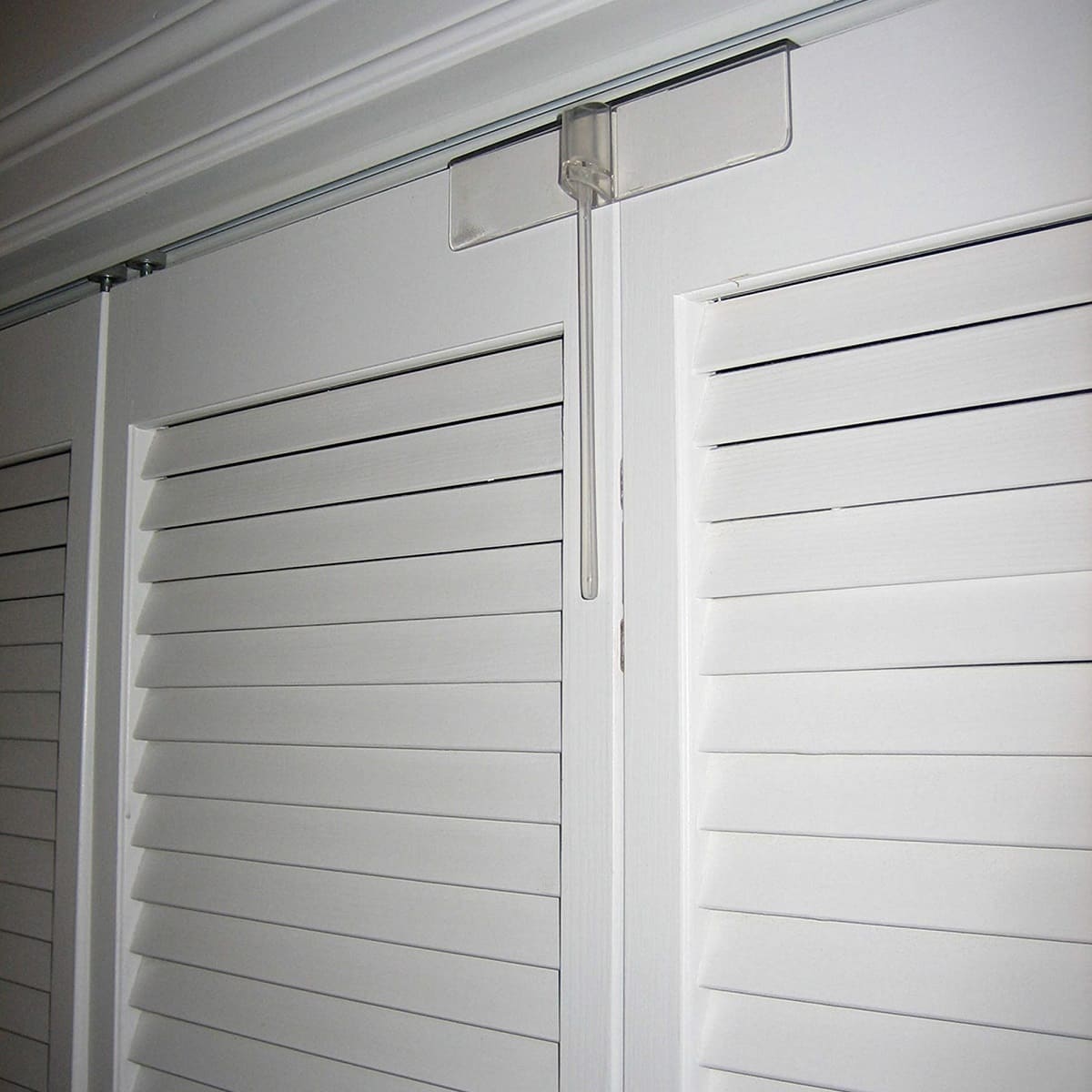
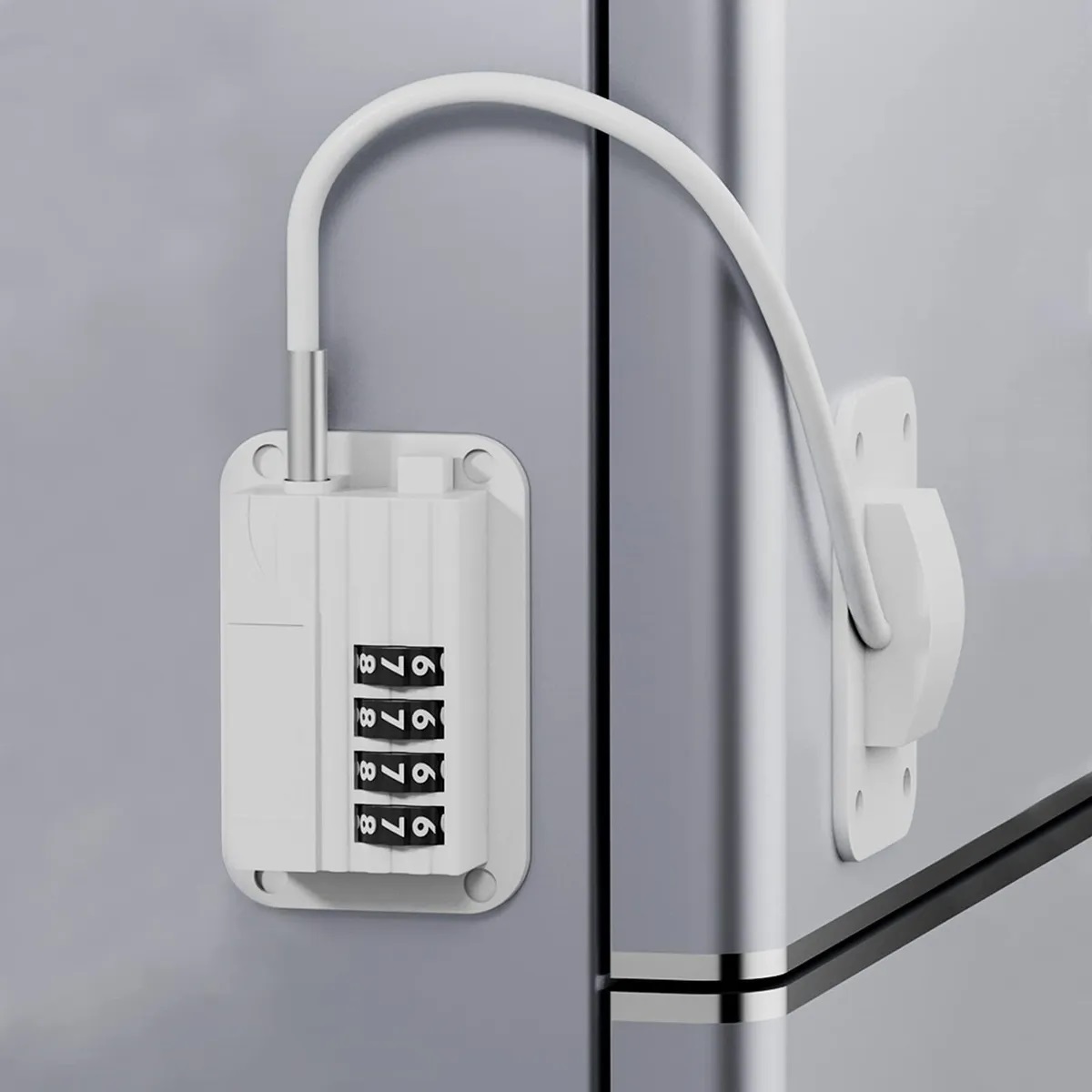
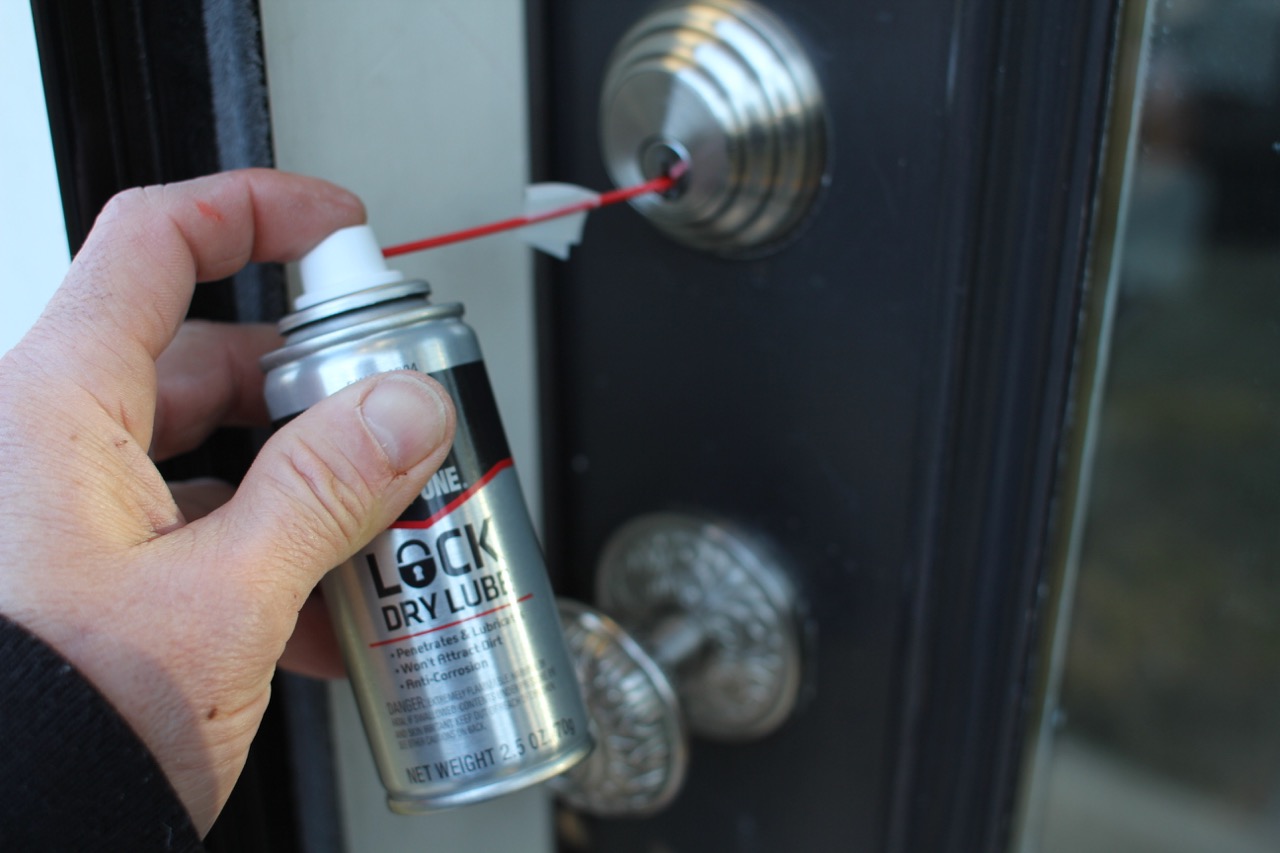

0 thoughts on “How To Lock A Door With A Push Bar”